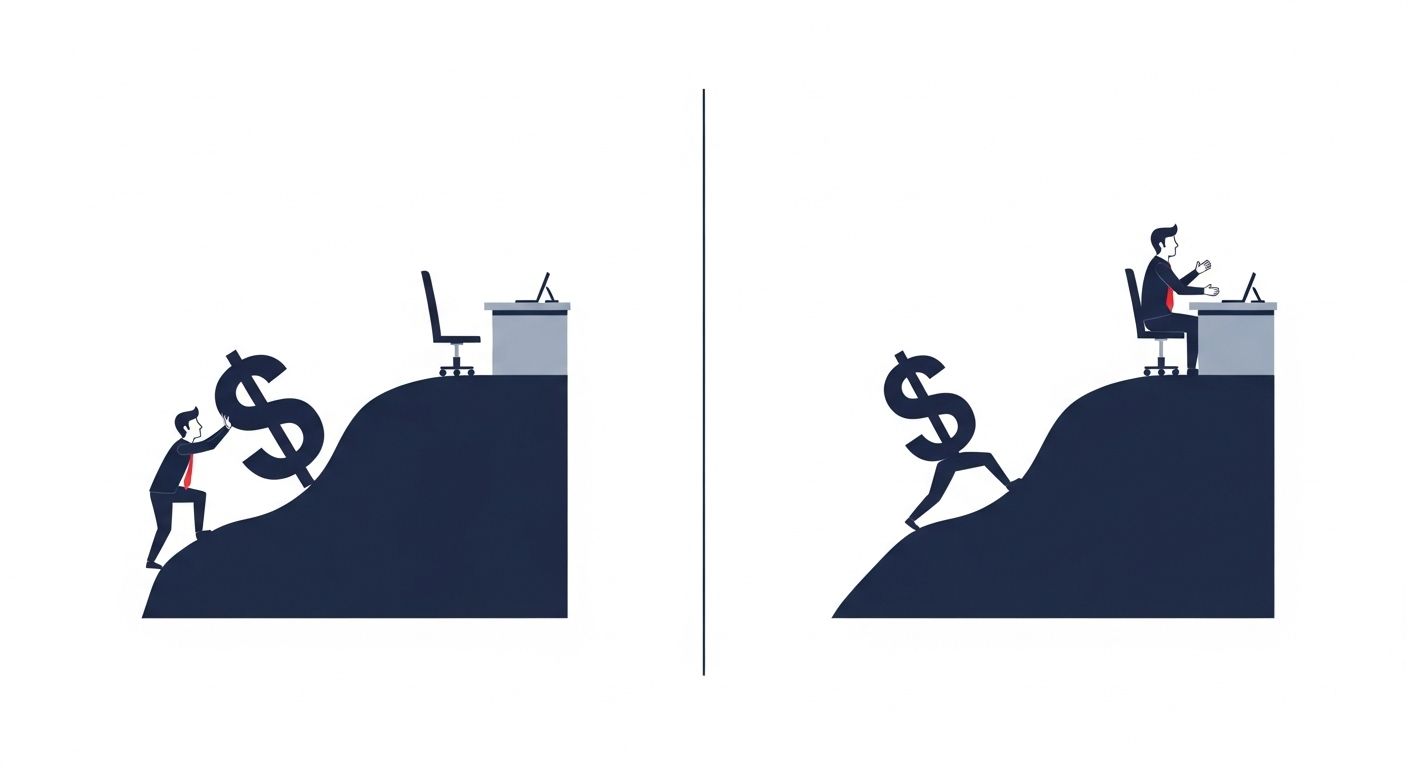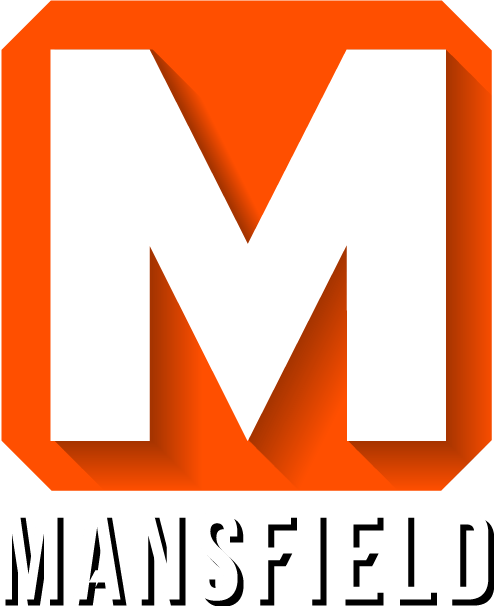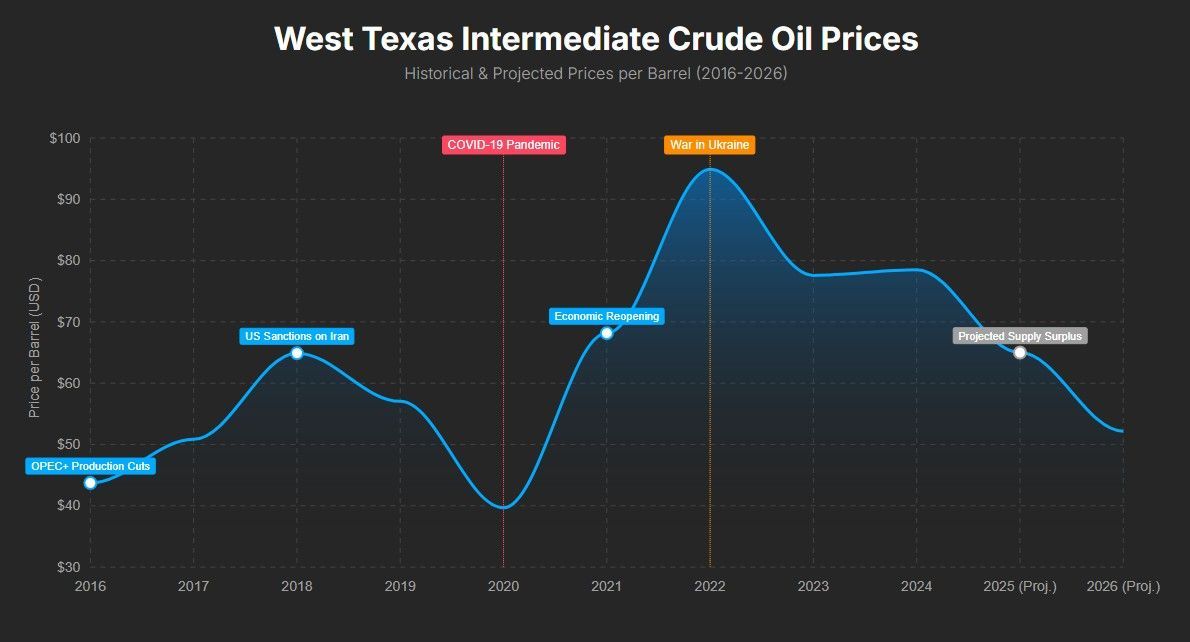Marketing Through Promotion vs. Marketing Through Attraction: Which is Right for Your B2B Business?
Doug Mansfield • October 24, 2025
As a B2B business owner, you are faced with a fundamental choice: how do you find new customers? The two primary strategies are marketing through promotion (a "push" strategy) and marketing through attraction (a "pull" strategy). It's important to understand that this isn't necessarily an either/or choice; many successful companies use a blend of both. However, depending on the founder's personality, resources, and available time, it may be wise to choose one path and excel at it. This is especially true for founders who are experts in their field but may not be natural salespeople, a common challenge we call the "founder's sales dilemma".

The Pros and Cons of Marketing Through Promotion
Marketing through promotion is the traditional, "push" method. This strategy is built on proactive, outbound engagement. It requires a solid content marketing strategy and strong social media engagement, primarily on LinkedIn for B2B professionals.
This approach includes activities like:
- Attending social networking events and trade shows.
- Proactively following up with potential leads.
- Setting up luncheons, coffee meetings, and other social engagements.
Pros: For founders who are energized by personal interaction and networking, this method can be highly effective and rewarding. It allows you to build personal relationships and put your passion directly in front of a prospect.
Cons: The most significant drawback is the cost—not just in sponsorship fees, but in time. This type of engagement requires a major commitment of time, and for a business owner, time is money. It also requires high-quality sales collateral, such as professional brochures, pitch decks, and catalogs, to leave behind after these meetings.
The Pros and Cons of Marketing Through Attraction
Marketing through attraction is a "pull" method. This strategy is about being found when people are actively looking for solutions to their problems—problems that your business solves. This still requires a top-notch content marketing strategy and social media promotion, again, likely via LinkedIn. However, the engagement is different. It's less about "pushing" your way into a conversation and more about "pulling" prospects in with your expertise.
This strategy is the core of modern Search Engine Optimization (SEO) and Generative Engine Optimization (GEO). You create valuable content (like white papers, blogs, and online calculators) that answers the questions your prospects are typing into Google, Bing, and AI-powered search tools.
Pros: The primary benefit of marketing through attraction is the quality of the lead. When done properly, you will attract potential new customers and clients who have already passed the research phase of their journey and entered the ready-to-buy phase. This makes them prime contacts and highly qualified leads. You're not interrupting their day; you're providing the solution they were actively seeking.
Cons: This type of marketing can be more difficult to achieve for the do-it-yourself business owner, especially one with a limited budget, time, and marketing savviness. Building a strong digital foundation and brand awareness takes skill and consistency. Advertising, particularly on LinkedIn, is an excellent way to accelerate this goal, but it requires a learning curve to master the platform and avoid wasting resources.
Understanding MQLs and SQLs as Attraction vs. Promotion
The strategic debate between "attraction" and "promotion" marketing closely mirrors the common framework of Marketing Qualified Leads (MQLs) versus Sales Qualified Leads (SQLs). Attraction-based marketing, which aligns with building a strong foundation and awareness, focuses on pulling prospects in by establishing authority and providing valuable content. The resulting leads are often MQLs: prospects who have shown interest by downloading "attraction" tools like a gated white paper or calculator but are not yet ready for a direct sales pitch. Conversely, promotion-based marketing is a push strategy, often aligned with direct response advertising, designed to elicit an immediate action. This approach aims to find SQLs: high-intent prospects who are actively looking to buy and are ready to engage with a sales team, often by submitting a quote request or RFP. A complete sales enablement strategy bridges this gap, using attraction to build a pipeline of MQLs and clear promotional calls-to-action to convert both MQLs and SQLs into measurable sales opportunities.
As a salesperson, would you prefer to be handed a list sales qualified leads that have already expressed interest in what you sell and are awaiting quotes? Or, would you prefer a list identified as prospects that have no previous exposure to your brand and require an initial educational guide and convincing that you can provide what they need? Obviously, salespeople prefer for former, the sales qualified leads, but many companies expect sales people to generate their own sales qualified leads after following up with cold leads that have been selected for them.
Summary and Your Next Step
In summary, marketing through promotion is a time-intensive "push" strategy that relies on your personal, outbound efforts to generate leads. Marketing through attraction is a content-intensive "pull" strategy that positions you as an expert, allowing qualified, ready-to-buy leads to find you.
At Mansfield Marketing, we specialize in building powerful marketing engines that use the marketing through attraction method. We bridge the gap between marketing and sales by creating the high-value content and strategies (including SEO, GEO, and LinkedIn advertising) that bring qualified prospects to your door.
Contact Mansfield Marketing today to start engaging new customers and clients using the marketing through attraction method. Let us help you empower your sales team and increase conversions that affect your bottom line.
This blog post was created by Doug Mansfield, president and founder of Mansfield Marketing











